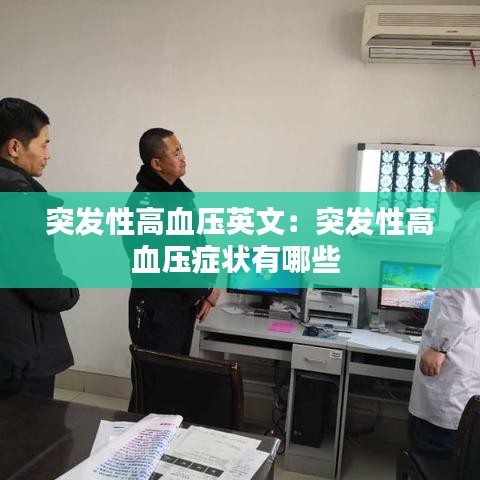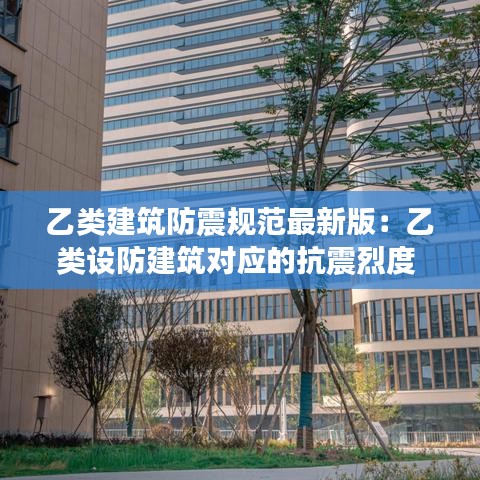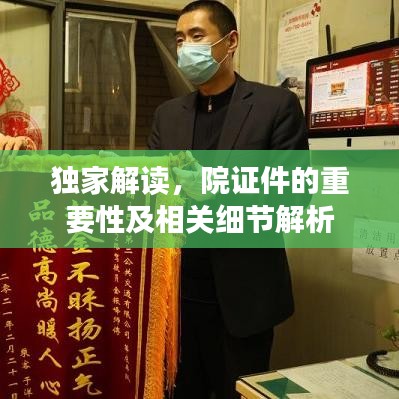Introduction to Sudden Hypertension
Sudden hypertension, also known as acute hypertension, is a medical condition characterized by a rapid and significant increase in blood pressure. It is a serious health concern that requires immediate medical attention. Understanding the causes, symptoms, and management of sudden hypertension is crucial for individuals at risk and healthcare professionals alike.
Causes of Sudden Hypertension
Sudden hypertension can be caused by a variety of factors, including:
Underlying medical conditions such as kidney disease, thyroid disorders, or certain types of tumors.
Severe stress or emotional disturbances.
Overuse of certain medications, including over-the-counter pain relievers, decongestants, and illegal drugs.
Physical trauma or injury.
Endocrine disorders, such as pheochromocytoma or Cushing's syndrome.
Drugs or toxins, such as cocaine or amphetamines.
It is important to note that sudden hypertension can also occur without an identifiable cause.
Symptoms of Sudden Hypertension
The symptoms of sudden hypertension can be severe and may include:
Severe headache, often described as a throbbing or pulsating pain.
Nausea or vomiting.
Blurred or double vision.
Shortness of breath.
Confusion or disorientation.
Severe chest pain or discomfort.
Severe abdominal pain.
These symptoms can be indicative of a life-threatening condition and require immediate medical evaluation.
Diagnosis of Sudden Hypertension
Diagnosing sudden hypertension involves several steps:
Medical history and physical examination: Healthcare providers will ask about the patient's medical history and perform a physical examination to identify any underlying causes.
Blood pressure measurement: Blood pressure readings will be taken repeatedly to confirm the presence of high blood pressure.
Laboratory tests: Blood, urine, and other tests may be conducted to check for underlying conditions or the presence of substances that can cause sudden hypertension.
Imaging studies: In some cases, imaging studies such as CT scans or MRIs may be used to visualize internal organs and identify any abnormalities.
Accurate diagnosis is essential for effective treatment and management of sudden hypertension.
Management and Treatment of Sudden Hypertension
The management and treatment of sudden hypertension aim to reduce blood pressure to a safe level and address any underlying causes. Treatment options may include:
Medications: Antihypertensive drugs may be administered intravenously to rapidly lower blood pressure.
Emergency procedures: In some cases, emergency procedures such as angioplasty or surgery may be required to address the underlying cause.
Supportive care: Patients may require supportive care, including oxygen therapy or monitoring of vital signs.
Recovery from sudden hypertension may take time, and long-term management is often necessary to prevent recurrence and manage any underlying conditions.
Prevention and Risk Reduction
Preventing sudden hypertension involves managing risk factors and adopting a healthy lifestyle:
Regular exercise: Engaging in regular physical activity can help control blood pressure and reduce the risk of hypertension.
Healthy diet: Eating a balanced diet rich in fruits, vegetables, whole grains, and lean proteins can contribute to lower blood pressure.
Weight management: Maintaining a healthy weight can help reduce the risk of hypertension.
Limiting alcohol and avoiding smoking: Both alcohol and smoking can contribute to high blood pressure and other health issues.
Stress management: Finding effective ways to manage stress can help reduce the risk of sudden hypertension.
By addressing these risk factors, individuals
转载请注明来自秦皇岛温柔顶科技有限公司,本文标题:《突发性高血压英文:突发性高血压症状有哪些 》












 冀ICP备19033077号-1
冀ICP备19033077号-1
还没有评论,来说两句吧...